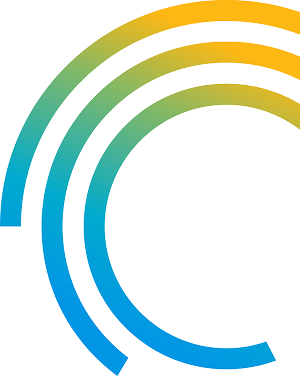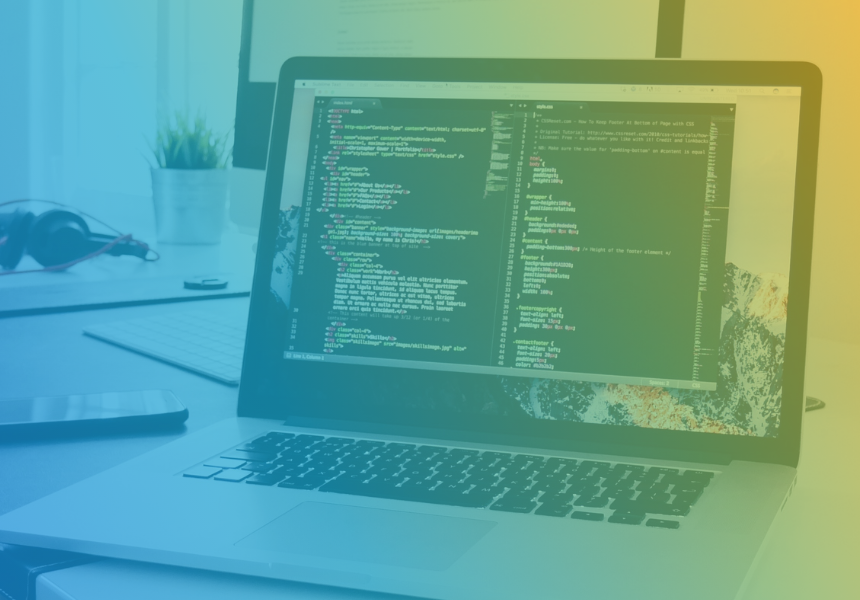Somehow we are yet again in the final quarter of another year. The pressures of the last quarter are evident – deliver on commitments for this year while planning for next year. All the while we have to keep responding to the inevitable “urgent matters” that happen each and every week. Part I and II of this blog are designed for the busy IT leader who is tasked with “building an IT roadmap” for 2025. There is a particular focus on companies that are tasked with integrating acquisitions – completed and pending.
1. Start with Strategic Alignment
An effective IT roadmap is deeply rooted in the company’s overarching business objectives. For industrial distributors, this often means focusing on growth trajectories influenced by mergers and acquisitions (M&A) and the seamless integration of disparate systems.
Growth Enablement through Acquisitions: Assess how your technology infrastructure can support and accelerate the integration of new acquisitions. This involves unifying platforms, standardizing processes, and ensuring data consistency.
Operational Excellence: Identify areas where technology can streamline operations, reduce costs, and enhance customer experiences. Consider adopting emerging technologies like AI, IoT, and advanced analytics to gain a competitive edge.
Scalability and Flexibility: Ensure that your IT systems are scalable to accommodate future growth without significant overhauls. Flexible architectures will allow for quick adjustments in response to market changes or business pivots.
2. Critical Questions Across IT Domains
Delving into each domain of your IT environment with targeted questions can uncover hidden challenges and opportunities.
Hardware Considerations
- Lifecycle Management: Are there critical hardware components approaching end-of-life that could jeopardize operations if not updated?
- Capacity Planning: Is your current infrastructure equipped to handle projected increases in data volume and user demand?
- Consolidation Opportunities: Post-acquisition, can hardware assets be consolidated to reduce overhead and simplify maintenance?
- Redundancy and Disaster Recovery: Do you have robust failover systems in place to maintain uptime and protect against data loss?
Software Strategy
- Performance Assessment: Have software applications been evaluated for performance issues or obsolescence, including underperforming ERP modules?
- Licensing Optimization: Are there overlapping software licenses that can be consolidated for cost savings?
- Integration Priorities: Which deferred integrations or customizations should now be fast-tracked to improve system interoperability?
- Maximizing Utilization: Are there existing software tools with untapped features that could enhance productivity if properly leveraged?
Data Management
- Data Harmonization: What strategies are in place to unify data formats and standards across different systems and acquisitions?
- Governance Framework: How robust is your data governance in ensuring data quality, security, and compliance?
- Streamlining Data Flow: Are there bottlenecks in data transfer between systems that hinder real-time analytics and decision-making?
- Security Enhancements: Is your data security architecture capable of defending against increasingly sophisticated cyber threats?
- Advanced Analytics: How can you utilize big data and predictive analytics to inform strategic decisions and identify market trends?
Talent and Team Dynamics
- Skill Development: Do your IT teams possess the necessary skills to manage new technologies and systems effectively?
- Change Management: What initiatives are in place to facilitate smooth transitions during technology upgrades or process changes?
- Organizational Structure: Are there gaps in your team that require new hires or role adjustments to meet upcoming challenges?
- Knowledge Retention: How are you capturing and retaining critical knowledge, especially during personnel changes or turnover?
Process Optimization
- Workflow Evaluation: Which business processes can be re-engineered or automated to increase efficiency and reduce errors?
- Technology Bottlenecks: Are outdated systems or legacy processes hindering operational agility and integration efforts?
- Adoption of Emerging Technologies: Where can AI, machine learning, or robotic process automation be implemented for substantial gains?
- Continuous Improvement: Is there a culture of continuous process assessment and refinement within your IT and operational teams?
In Part II we will provide a basic step by step guide to applying these questions (and others like them) to your organization. See our next post Building a Strategic IT Roadmap for 2025: Moving to Action – Part 2




